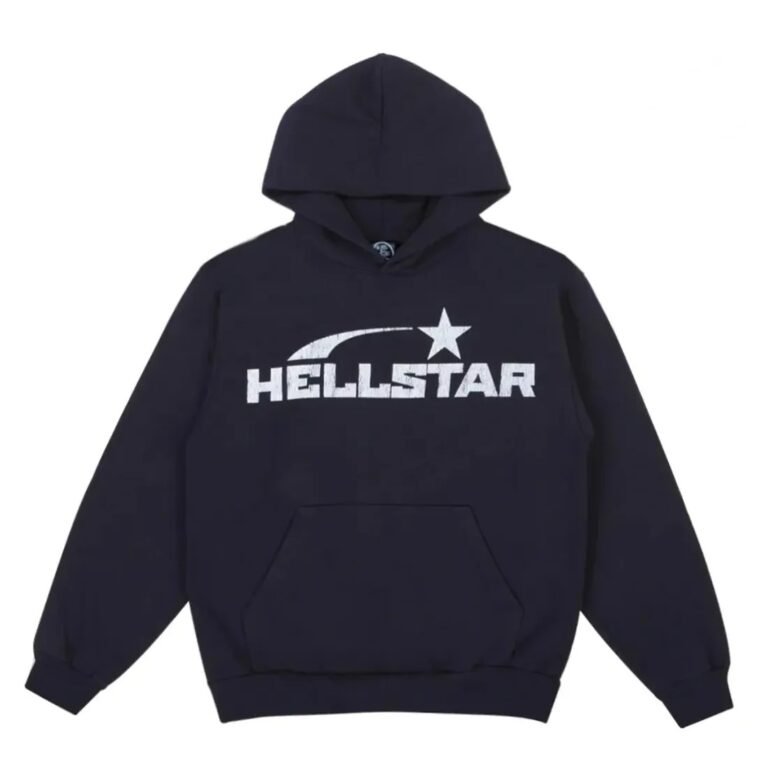How Do Weather Conditions Affect Fence Maintenance?
Fences are an essential part of any property, providing security, privacy, and enhancing the aesthetic appeal of homes and yards. However, weather conditions can significantly impact the lifespan and condition of your fence. Whether you have a wooden, vinyl, metal, or composite fence, each material reacts differently to varying weather elements such as rain, snow, wind, and sun. Understanding how weather conditions affect your fence is key to maintaining it properly and extending its longevity.
1. The Impact of Rain and Moisture
Rain and moisture are perhaps the most damaging weather elements for fences, particularly wooden ones. Constant exposure to moisture can lead to a variety of problems such as rot, warping, and mold growth.
- Wooden Fences: Wood is highly porous and absorbs moisture quickly. When wood absorbs water, it can expand and warp. Over time, this can cause the fence to become uneven or unstable. Additionally, continuous exposure to moisture without proper treatment can lead to rot, especially in untreated or unpainted wood. Mold and mildew can also thrive in damp environments, further deteriorating the fence’s integrity.
Preventive Measures:
- Use weather-resistant or pressure-treated wood to build your fence.
- Regularly apply waterproof sealant or paint to protect the wood from moisture.
- Ensure proper drainage around your fence to prevent water from pooling at the base, which can accelerate rotting.
- Metal Fences: Metal fences, particularly those made of iron or steel, are prone to rust when exposed to excessive moisture. Rust not only affects the appearance but also weakens the structural integrity of the fence.
Preventive Measures:
- Regularly apply a rust-resistant coating or paint to the metal fence.
- Inspect the fence for signs of rust and remove it immediately to prevent it from spreading.
- Vinyl and Composite Fences: These materials are generally resistant to moisture but can develop mold or mildew in damp environments, especially if they are not regularly cleaned.
Preventive Measures:
- Clean vinyl or composite fences regularly to prevent mold or mildew buildup.
- Inspect for cracks or damage where water may seep in and cause problems.
2. The Effects of Sun and Heat
Sunlight and extreme heat can have adverse effects on fences, especially those made of wood and vinyl. The UV rays from the sun can weaken the material, causing it to fade, crack, or become brittle over time.
- Wooden Fences: Sun exposure can cause wooden fences to dry out, leading to cracks, splits, or fading. The wood’s natural oils evaporate in the heat, making it more susceptible to warping and breaking.
Preventive Measures:
- Apply UV-resistant stain or paint to the wood to protect it from the sun.
- Re-stain or repaint the fence every few years to maintain its protective coating.
- Vinyl Fences: Prolonged sun exposure can cause vinyl fences to fade or become discolored. In extreme heat, vinyl may also expand and contract, leading to warping or cracking.
Preventive Measures:
- Choose UV-resistant vinyl for your fence to reduce the risk of fading.
- Inspect the fence regularly for cracks or warping and address any damage immediately.
- Metal Fences: Metal fences generally hold up well in the heat, but painted metal fences may fade or lose their luster over time.
Preventive Measures:
- Repaint metal fences with heat-resistant paint to maintain their appearance.
3. The Impact of Snow and Ice
Snow and ice pose a different set of challenges for fences, especially in regions with harsh winters. The weight of snow and ice buildup, combined with fluctuating temperatures, can cause serious damage to fence materials.
- Wooden Fences: Snow can seep into the wood and freeze, causing the wood to expand and contract as temperatures fluctuate. This can lead to cracks, splits, and even rot when the snow melts and leaves moisture behind. Additionally, heavy snow accumulation can put stress on the fence, potentially causing it to lean or break.
Preventive Measures:
- Clear snow away from the fence regularly to prevent buildup.
- Apply a water-resistant sealant before winter to protect the wood from moisture.
- Metal Fences: Metal fences can become brittle in extremely cold temperatures, increasing the risk of breakage if heavy snow or ice builds up. Ice can also exacerbate rust issues, leading to faster corrosion.
Preventive Measures:
- Keep the fence clear of snow and ice.
- Apply rust inhibitors to protect metal fences from moisture and ice damage.
- Vinyl Fences: Vinyl can become brittle in freezing temperatures, making it more prone to cracks and breaks. Ice accumulation can add weight, causing the fence panels to sag or break under pressure.
Preventive Measures:
- Use high-quality, weather-resistant vinyl fencing.
- Remove snow and ice buildup promptly to prevent stress on the panels.
4. The Impact of Wind
Wind can be a major factor in damaging fences, particularly during storms or in areas prone to high winds. The force of the wind can cause panels to loosen, posts to wobble, or entire sections of the fence to collapse.
- Wooden Fences: High winds can cause poorly anchored fence posts to loosen or lean. Wooden panels can also break or crack under the pressure of strong winds.
Preventive Measures:
- Ensure that fence posts are properly anchored and secured in concrete to provide stability.
- Inspect your fence after windstorms for loose panels or posts and repair them immediately.
- Vinyl Fences: Vinyl fences are typically lightweight, making them more susceptible to wind damage. Strong winds can cause panels to pop out or even break entirely.
Preventive Measures:
- Ensure proper installation with reinforced posts and rails.
- Check for loose panels after storms and fix them as needed.
- Metal Fences: Metal fences are generally strong and hold up well in windy conditions, but improper installation or rusting posts can make them vulnerable.
Preventive Measures:
- Make sure that metal fences are installed with strong posts and deep anchors.
- Regularly check for signs of rust or weakening in the structure.
5. Seasonal Maintenance Tips
Since weather conditions vary throughout the year, seasonal maintenance is essential to keeping your fence in top condition.
- Spring: Inspect the fence for any damage caused by winter weather. Clean the fence and apply a fresh coat of paint, sealant, or rust protection.
- Summer: Protect your fence from sun damage by applying UV-resistant treatments and inspecting for cracks or warping.
- Fall: Prepare your fence for winter by clearing debris, trimming nearby vegetation, and applying water-resistant coatings.
- Winter: Keep your fence clear of snow and ice, and regularly check for signs of damage caused by cold temperatures.
Conclusion
Weather conditions can significantly affect the maintenance and longevity of your fence. Whether you’re dealing with rain, snow, wind, or sun, taking proactive measures to protect your fence will help prevent costly repairs and extend its lifespan. By regularly inspecting and maintaining your fence according to the specific challenges posed by your local climate, you can ensure that it stays in excellent condition, providing security, privacy, and aesthetic appeal for years to come.






